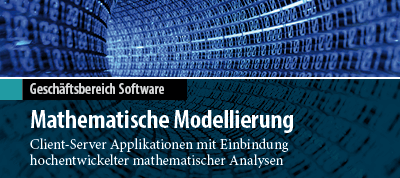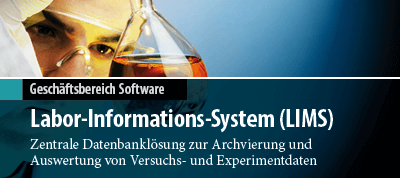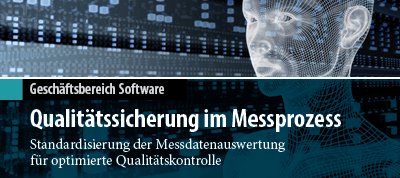Neural Networks

Mathematica Version 11 introduces a high-performance neural network framework with both CPU and GPU training support. A full complement of vision-oriented layers is included, as well as encoders and decoders to make trained networks interoperate seamlessly with the rest of the language. Constructing and training networks often requires only a few lines of code, putting deep learning in the hands of even nonexpert users.
Key Features
|
|


























